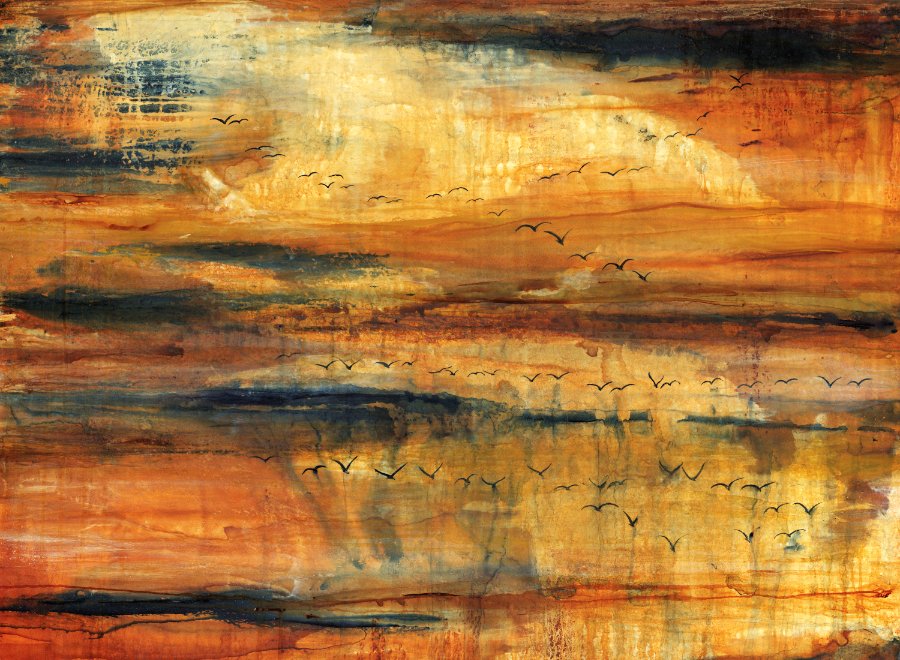
Nathan Oliveira’s search for an abstraction
Nathan Oliveira, Two Wings
It Was Time To Go And They All Left
The first wing I painted was too much like a wing. It wasn't the symbol I was searching for. So I kept abstracting this. I was painting good paintings, but it wasn't what I had in my mind. I hung three sixteen foot paintings side by side on the wall of this big studio I had. I began to see the huge arch, the leading edge of the wing, the curve that represents lift. That became an abstraction of the wing. The ultimate abstraction of the wing. So I began to work with that. I began to come to some conclusion.
- Nathan Oliveira, figurative artist, Heron Dance interview
Nathan Oliveira’s search for an abstraction, for a symbol that made a hawk’s wing both something other than a hawk’s wing, and also an embodiment of the hawk’s essence, the hawk’s elegance, grace and power offers a profound insight into the creation of art.
We look to art to gain a new way of seeing things, or of nature, or whatever. We look to artists for a glimpse of the reality underlying the reality that we see. The distant reality glimpsed but momentarily through the haze of imagination.
I interviewed Nathan Oliveira in about 2000, ten years before his death. At that time he was deep into the creation of the Windhover Contemplative Center, a museum of his hawk paintings on the campus at Stanford University. There are more photos of the center, and excerpts from my interview of him, here.





